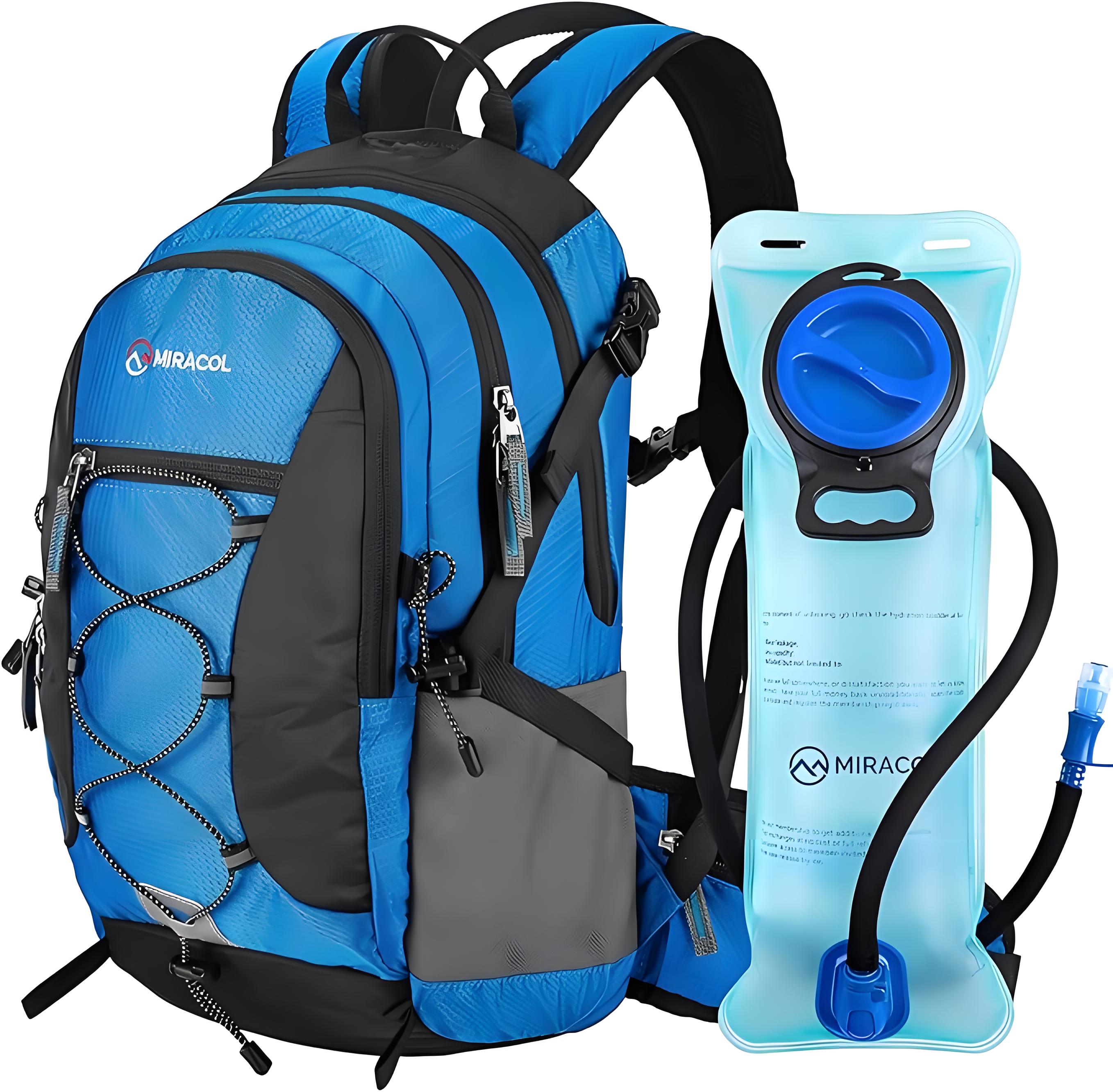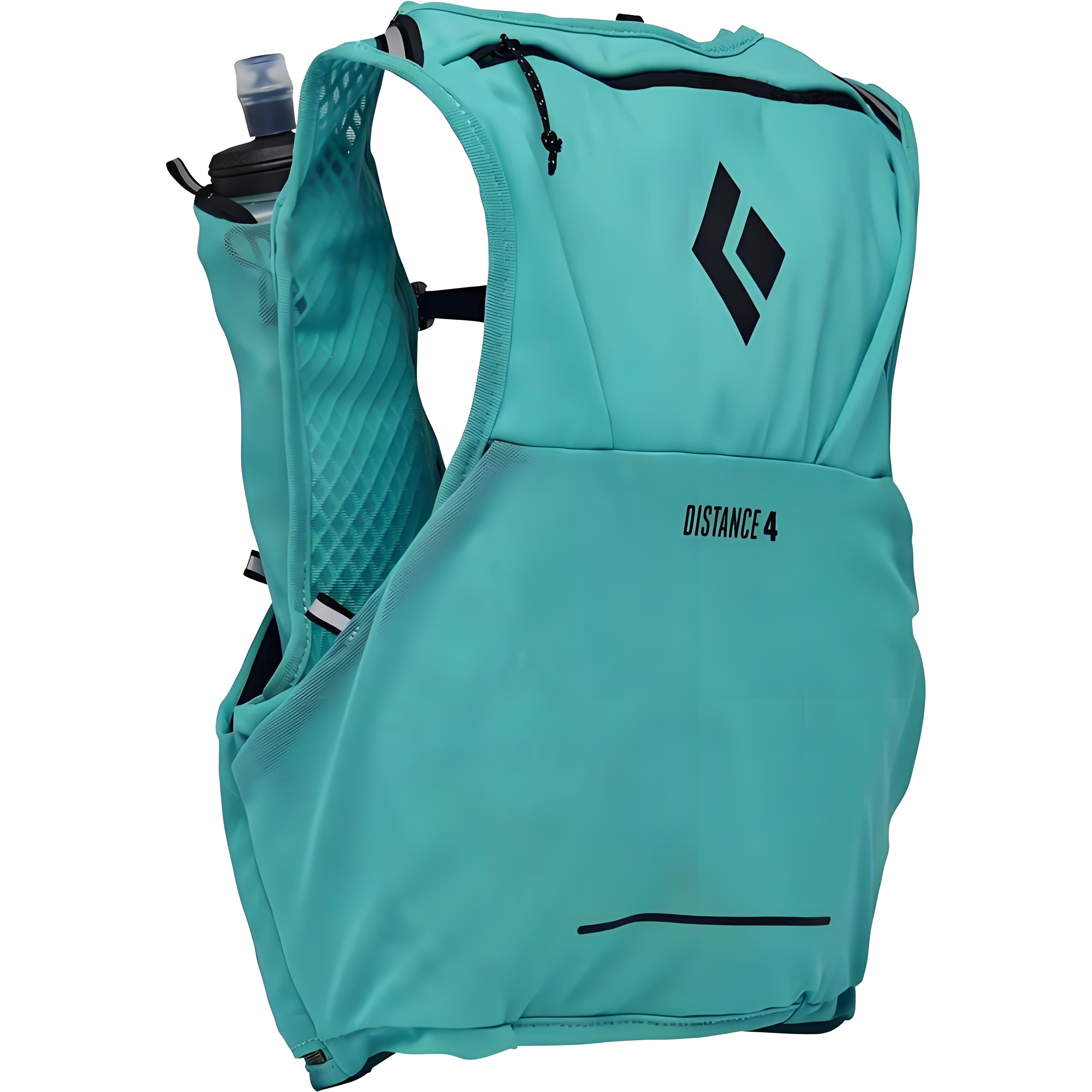In the world of cycling, your choice of gear can make a huge difference in both performance and experience. Over recent years, hydration backpacks have become a top pick among cyclists—and not without good reason. As someone deeply immersed in the cycling industry and with years of hands-on riding experience, I can tell you that staying hydrated during long rides is absolutely essential. Hydration backpacks not only solve the inconvenience of traditional water bottles but also improve overall comfort and efficiency during rides. In this article, I’ll break down the advantages of hydration backpacks and offer practical tips for choosing and using them effectively.

I. Key Advantages of Hydration Backpacks
1. Real-Time Hydration Improves Efficiency
During any cycling session, maintaining adequate hydration is crucial. Traditional water bottles require stopping to drink, which interrupts your rhythm and can even pose a safety risk. Hydration backpacks, with their hands-free hose system, let you sip water on the go—no need to stop or slow down. This feature alone significantly enhances ride continuity and performance.
2. Balanced Weight Distribution Reduces Strain
Hydration backpacks distribute weight evenly across your back, unlike water bottles that are mounted on the frame and shift your bike’s center of gravity. This ergonomic advantage reduces strain on your shoulders and arms, making long rides more manageable and less tiring.
3. Multi-Function Storage for Practicality
Today’s hydration backpacks are more than just water carriers. They offer multiple compartments to store essentials like keys, phones, snacks, and even bike tools. This built-in versatility supports a self-sufficient ride, especially on longer routes where being prepared matters.

4. Superior Breathability for Comfort
Quality hydration backpacks are made with breathable materials and well-designed airflow systems. This means less sweat buildup and a cooler, more comfortable ride—particularly valuable on hot summer days.
II. Hydration Backpacks vs. Traditional Water Bottles
Here’s a quick comparison to help you see the benefits more clearly:
| Feature | Hydration Backpack | Traditional Water Bottle |
|---|---|---|
| Drinking Method | Real-time, hands-free | Requires stopping |
| Weight Distribution | Even, ergonomic | Frame-mounted, imbalanced |
| Storage Function | Multi-compartment | Limited to water only |
| Breathability | High, with airflow design | Not applicable |
1. Capacity Matters
Choose the backpack size based on your riding distance. For short rides, a 1.5L hydration pack is usually enough. For longer rides, look for a 2L or larger model to ensure you have enough fluids to last the journey.
2. Focus on the Suspension System
A well-designed suspension system makes all the difference. Look for adjustable shoulder and waist straps that ensure a snug fit. The better it fits, the less it bounces, and the more stable your ride.
3. Material and Durability
Your backpack needs to handle a variety of weather and trail conditions. Opt for water-resistant, abrasion-resistant materials that can endure rough use and harsh environments.

4. Easy to Clean and Maintain
The water bladder must be easy to clean to prevent bacterial buildup. Wide-mouth designs are ideal for thorough rinsing and drying. Choose a model that lets you fully disassemble the bladder and hose when needed.
IV. Tips for Using Hydration Backpacks Effectively
1. Clean Your Bladder Regularly
Always rinse the bladder after use, and periodically use a cleaning kit or solution to keep it sanitary. Let it air dry completely to prevent mold and odors.
2. Wear It Correctly
Adjust the straps so the pack hugs your back closely and sits comfortably. This minimizes movement during rides and keeps your center of gravity stable.
3. Stay Hydrated Smartly
Drink small amounts every 15–20 minutes instead of gulping large volumes at once. This helps your body absorb fluids more efficiently and keeps your energy levels steady.

V. Final Thoughts
Hydration backpacks are not just trendy gear—they’re an intelligent solution for modern cyclists. Their real-time hydration, balanced design, multifunctional storage, and breathable comfort combine to significantly enhance the riding experience. With the right backpack, your rides will be smoother, safer, and more enjoyable. For anyone serious about cycling, investing in a hydration backpack is a decision you won’t regret.
Related Q&A
Q1: What types of cycling are hydration backpacks suitable for?
A1: They’re great for road cycling, mountain biking, gravel riding, and long-distance touring. Their adaptability and convenience suit nearly every style of cycling.
Q2: How do I clean a hydration bladder?
A2: Rinse it after each ride and use a dedicated cleaning solution or brush set for deep cleaning. Make sure all parts are dry before storing to prevent mold.
Q3: How long does a hydration backpack typically last?
A3: With proper use and maintenance, a high-quality hydration backpack can last several years. Keep it clean and store it properly to extend its life.
I hope this guide helps you understand the real benefits of hydration backpacks and assists you in making a smart, informed decision. May your rides be ever smoother and your hydration game strong!